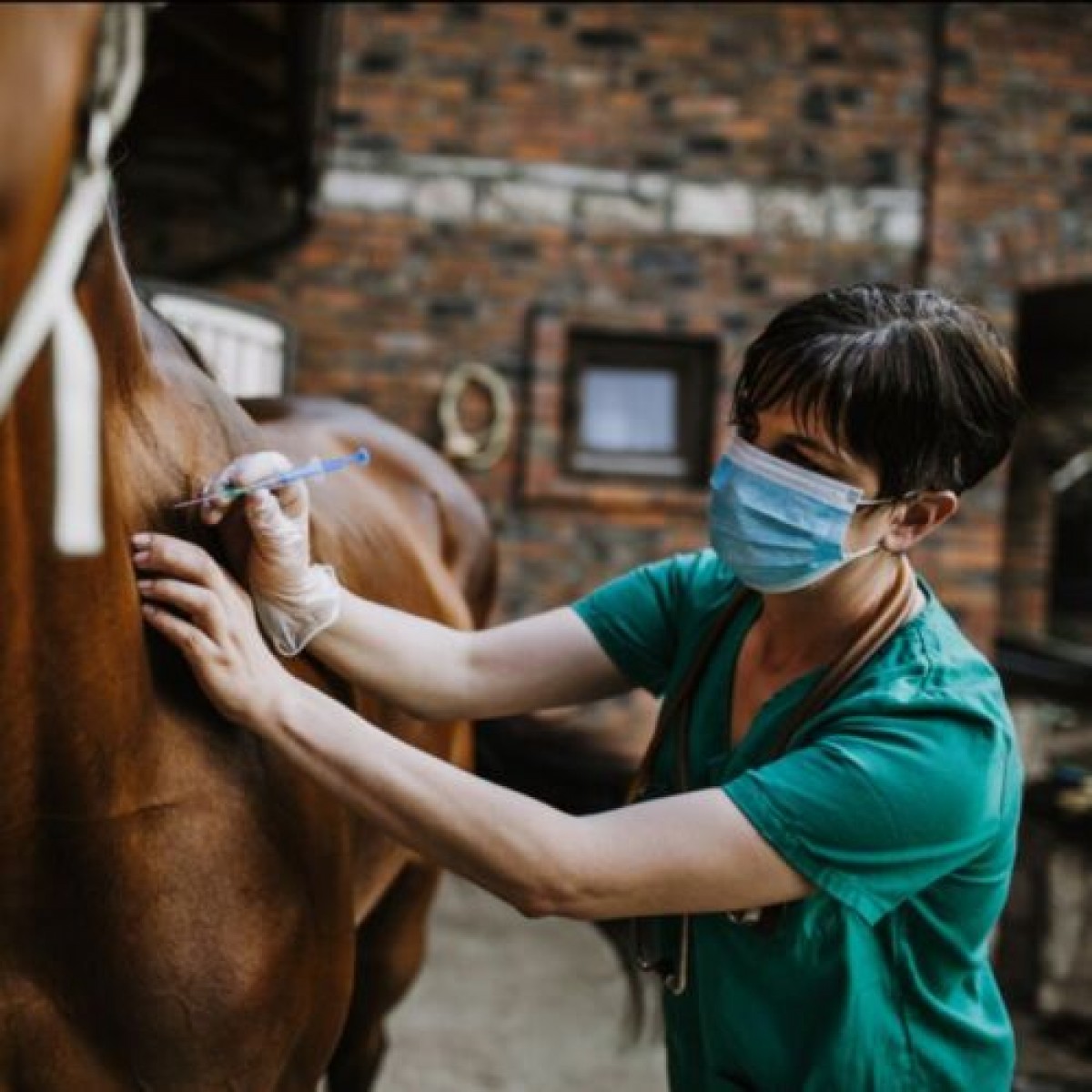Phenotypic patterns of equine exercise-associated myopathies
Equine exercise-associated myopathies are prevalent, clinically heterogeneous, generally idiopathic disorders characterised by episodes of myofibre damage that occur in association with exercise. Episodes are intermittent and vary within and between affected horses and across breeds. The aetiopathogenesis is often unclear; there might be multiple causes. Poor phenotypic characterisation hinders genetic and other disease analyses. The objective of this study was to characterise phenotypic patterns across exercise-associated myopathies in horses.
Historical clinical and histological features from muscle samples (n = 109) were used for k-means clustering and validated using principal components analysis and hierarchical clustering. For further validation, a blinded histological study (69 horses) was conducted comparing two phenotypic groups with selected controls and horses with histopathological features characterised by myofibrillar disruption.
The authors identified two distinct broad phenotypes: a non-classic exercise-associated myopathy syndrome (EAMS) subtype was associated with practitioner-described signs of apparent muscle pain (p < 0.001), reluctance to move (10.85, p = 0.001), abnormal gait (p < 0.001), ataxia (p = 0.001) and paresis (p = 0.001); while a non-specific classic RER subtype was not uniquely associated with any particular variables. No histological differences were identified between subtypes in the validation study, and no identifying histopathological features for other equine myopathies identified in either subtype.
This is the first study using computational clustering methods to identify phenotypic patterns in equine exercise-associated myopathies, and suggests that differences in patterns of presenting clinical signs support multiple disease subtypes, with EAMS a novel subtype not previously described. Routine muscle histopathology was not helpful in sub-categorising the phenotypes in this population.
“Characterisation of phenotypic patterns in equine exercise-associated myopathies”. Victoria Lindsay-McGee, et al. Equine Vet J. 2024 Jul 5.
Source: https://beva.onlinelibrary.wiley.com/doi/full/10.1111/evj.14128













List
Add
Please enter a comment